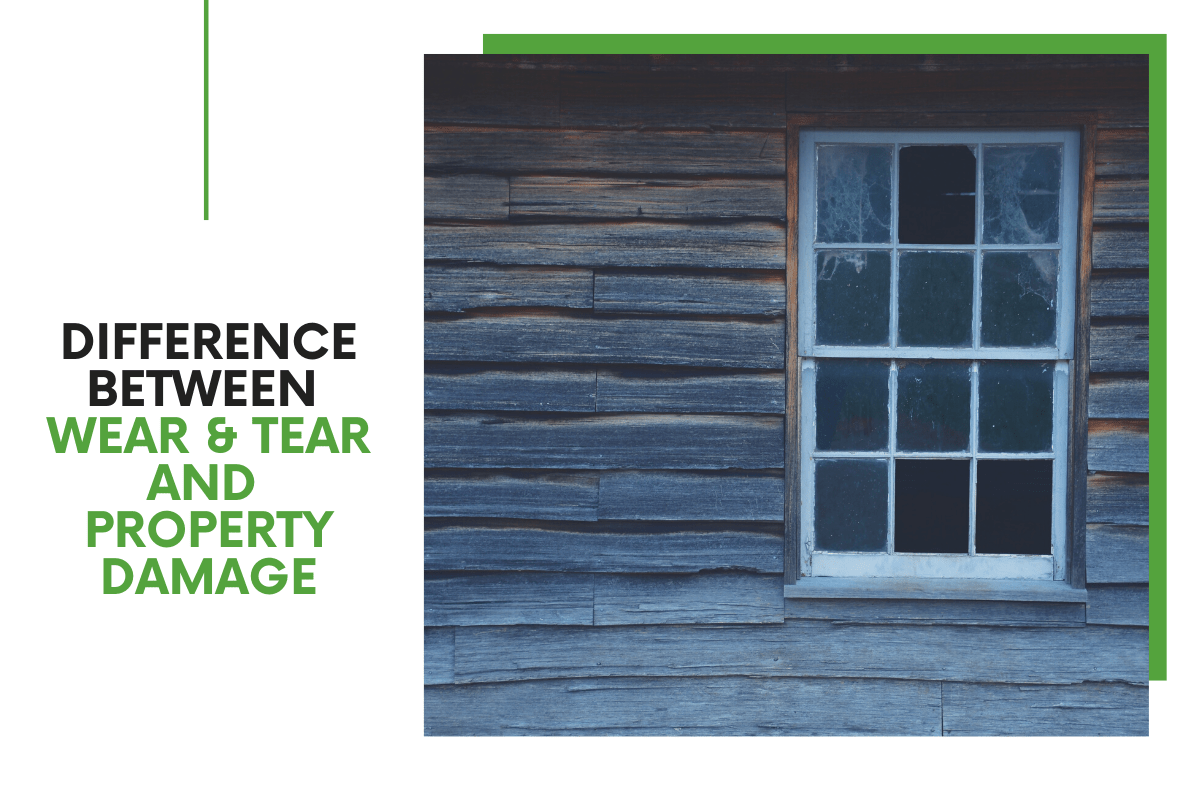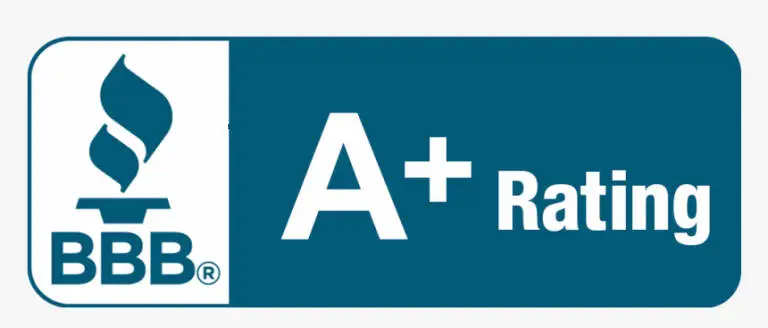Blog
What Is The Difference Between Wear & Tear and Property Damage? | Nashville Landlord Education
Lee Blackburn

There’s a difference between normal wear and tear and tenant damage, but coming up with a precise definition is sometimes hard. The courts don’t even agree all the time. So, when you’re renting out a property, you’re often left to your best judgment about what qualifies as damage that could have been avoided during a tenancy.
As a professional Nashville property management company, we have a lot of experience inspecting properties after move-out and returning security deposits to tenants. Our expertise is a huge resource for the owners and investors we work with because we can more easily identify the difference between normal wear and tear and accidental or intentional damage.
In this blog, we’re hoping we can help you understand the difference.
Is it Normal Wear and Tear or Tenant Damage?
Let’s start with the most basic definitions.
Normal wear and tear occur when items in the property age or deteriorate. This will happen to paint and carpet in a home no matter who is living there. Landlords are responsible for general wear and tear items; you’ll have to pay to get the property ready for a new tenant, and that will usually include things like painting and carpet cleaning. You cannot charge a tenant’s security deposit for those tiny holes in the walls from where pictures are hung. You cannot charge for scuff marks on the floors and the walls from the furniture.
Damage is anything that’s a result of negligence, abuse, or carelessness. Something like a broken dishwasher door could be accidental, but it’s still damaged. A broken window is damaged. Large holes in the walls and scratches on the floor are damaged. These are things that tenants are required to pay for, and the cost is deducted from the security deposit at the end of the lease term.
Documenting Nashville Rental Property Condition
A move-in inspection and checklist is critical in order to compare the condition of your Nashville rental property to its move-out condition. When you work with a property management company, you can expect that a thorough survey will be conducted to effectively protect your property and distinguish between wear and tear and damage at the end of the tenancy.
We stay up to date on the legal requirements and the ways courts interpret security deposit disputes and damage claims. You want to know what a judge will think if a tenant disputes your security deposit charges and takes you to court. When you’ve carefully photographed every detail of your home before a tenant takes possession and after they move out, you can more easily make your case.
Tenant Security Deposits in Nashville
It’s important to think about the potential for damage when you’re collecting a security deposit. Your marketing should reflect what you’ll require in terms of move-in funds so tenants know what to expect.
Most landlords and property managers will collect the equivalent of one month’s rent. This should pay for any damage that could occur and if tenants are moving in with pets, you can also collect a pet fee to pay for any damage that’s caused by the animal.
Prevent Tenant Damage with Routine Inspections
Once you’ve placed a qualified Nashville tenant, it’s a good idea to inspect the home once during the lease period. You’ll be able to look for deferred or unreported maintenance, and you can talk to your tenant about how things are going at the property. There’s less of a chance you’ll be surprised by unexpected damage when you’re walking through the property at least annually.
We can always help you with your Nashville property management needs, including the move-in and move-out condition reports and the determination about what should be considered wear and tear and what is actually tenant damage. Contact our team at Omni Realtors & Property Management.










